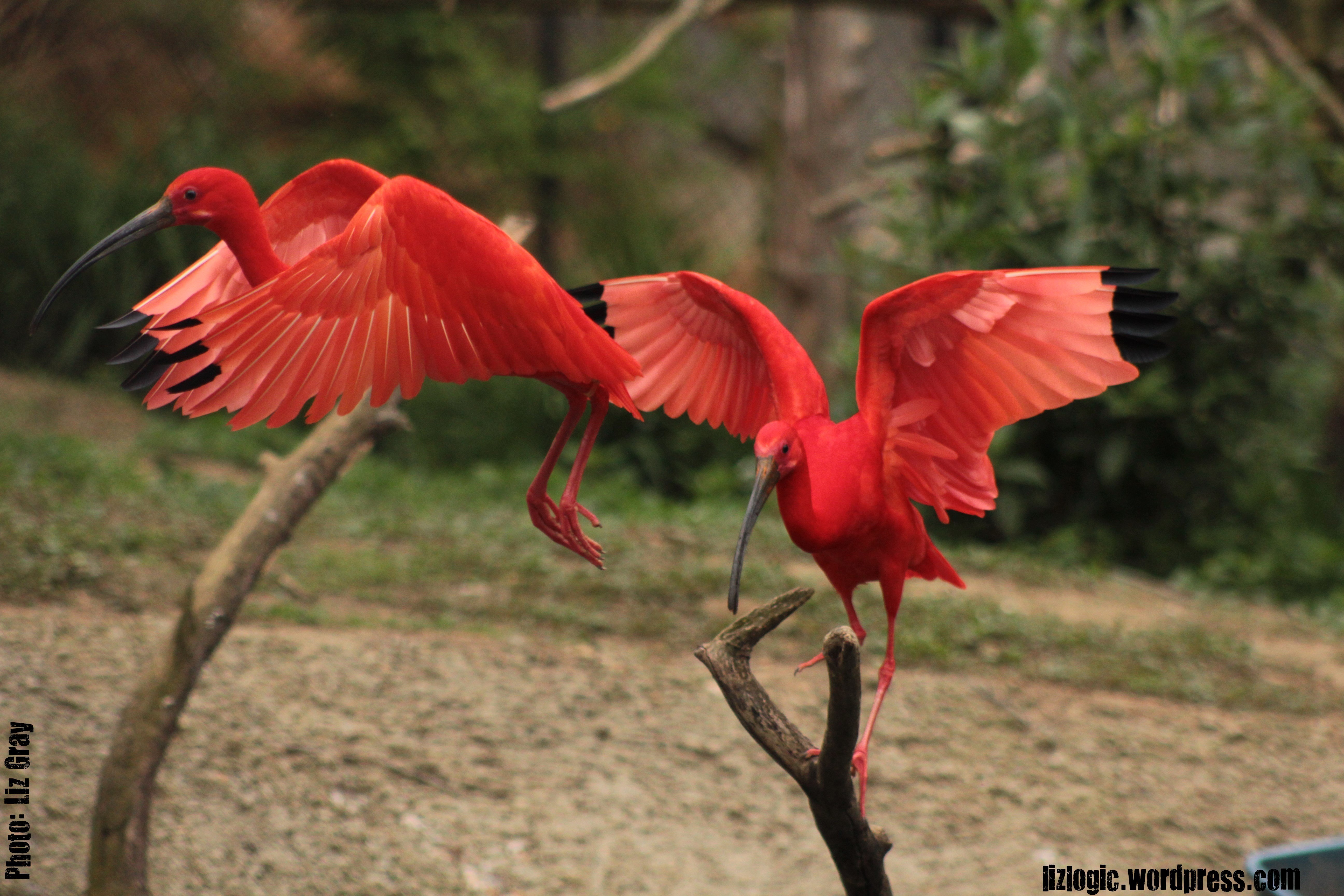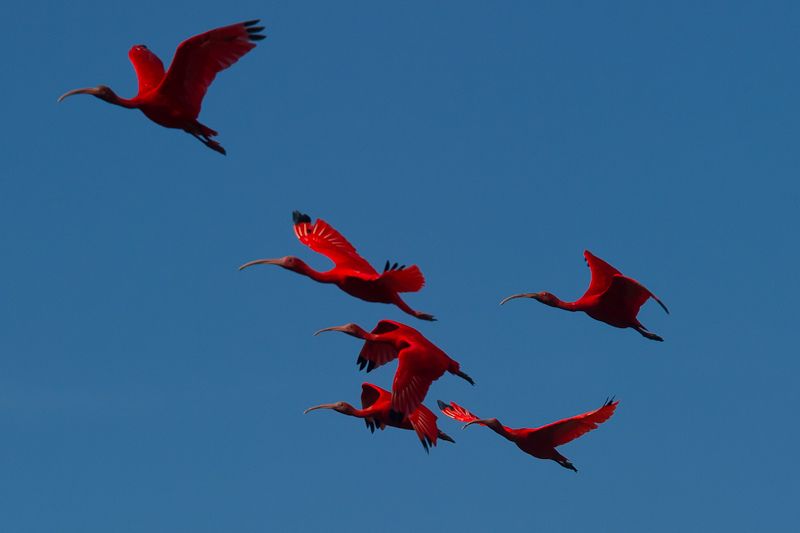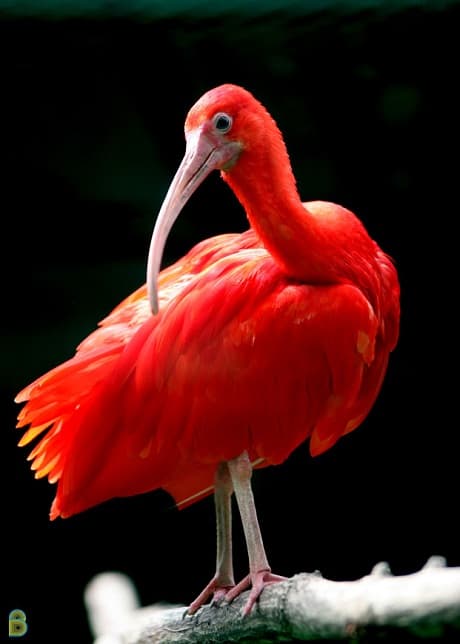
The Scarlet Ibis (Eudocimus ruber) is a bird that effortlessly captures the imagination with its striking appearance and fascinating behavior. Native to the tropical regions of South America and the Caribbean, this vivid red bird stands out as a dazzling jewel against the lush green landscapes and shimmering waters of its habitat.

From the moment you glimpse a Scarlet Ibis, its brilliant crimson feathers leave an indelible impression. This extraordinary coloration is a result of the bird’s diet, which is rich in carotenoids found in crustaceans and other aquatic creatures. As they consume these foods, the pigments are absorbed and give the ibis its signature scarlet hue, a trait that makes it one of the most visually captivating birds in the world.
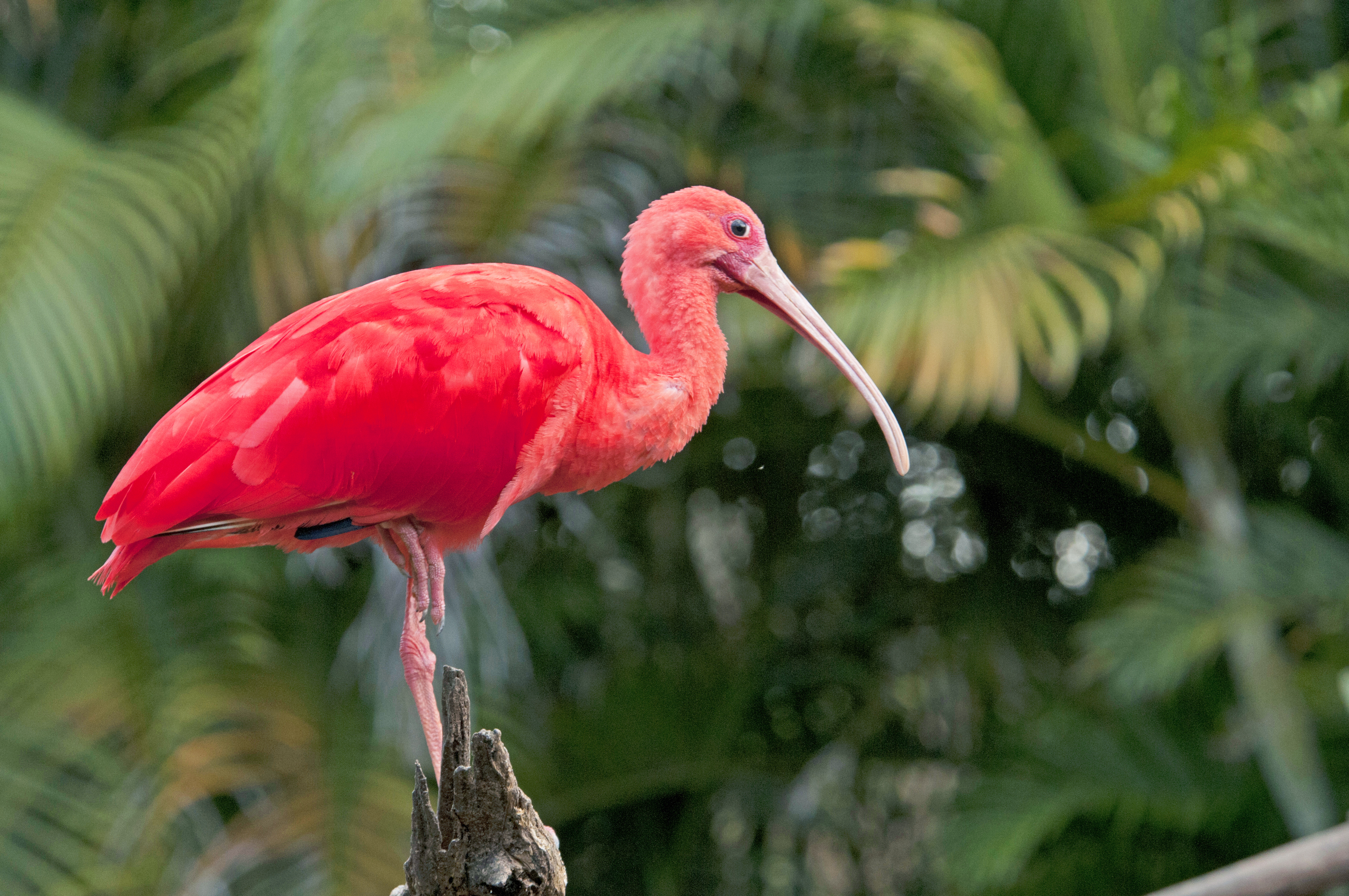
The Scarlet Ibis is not just a visual marvel but also an interesting subject in the study of avian behavior. These birds are highly social and often seen in large flocks, flying in graceful V-formations that paint the sky with streaks of red. Their coordinated flight patterns are not only a spectacle to behold but also an adaptation that helps reduce air resistance, making long migrations more energy-efficient.
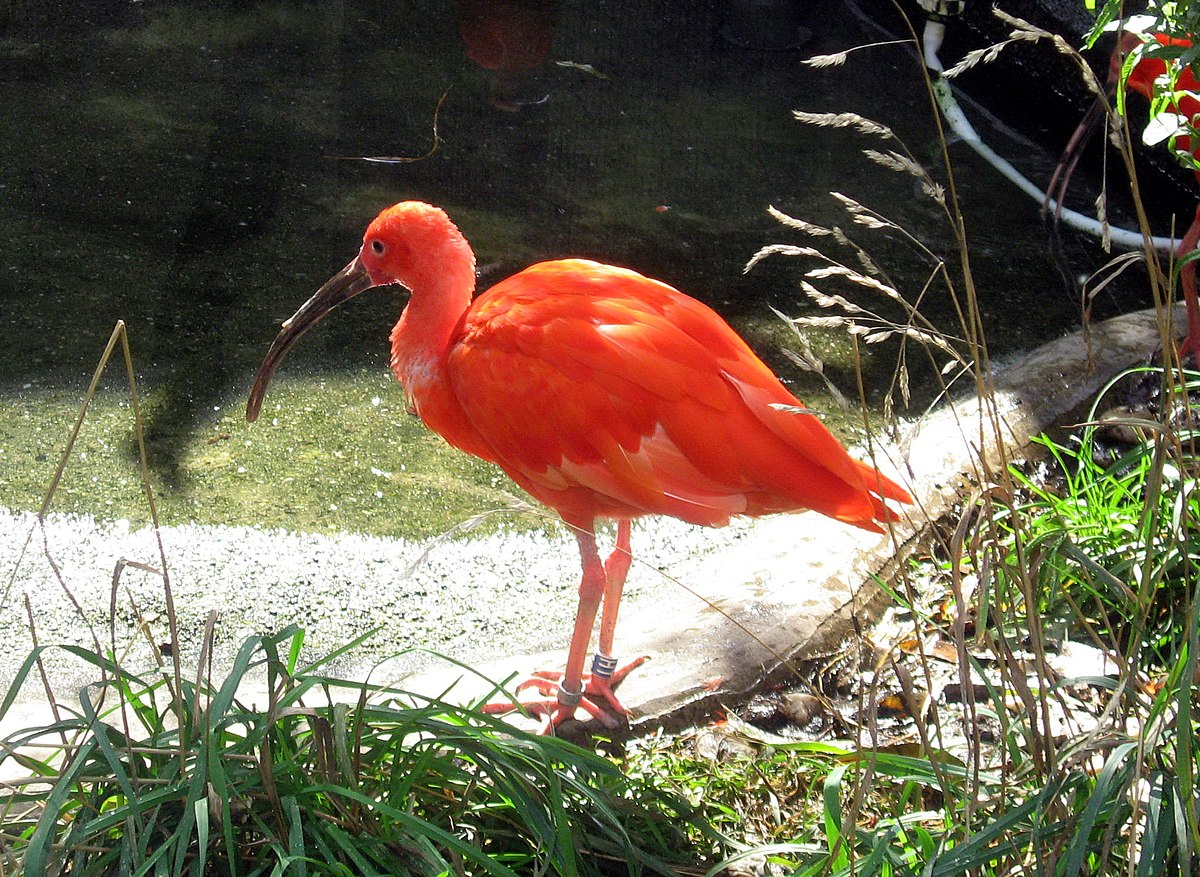
In their preferred habitats of marshes, swamps, and mangrove forests, Scarlet Ibises play a crucial ecological role. They help control the population of their prey, maintaining a balance in the food web. Their nesting sites, typically located in colonies, provide a safe haven where they raise their young away from many predators.
Breeding season is an especially enchanting time for these birds. Males engage in elaborate courtship displays, showcasing their vibrant plumage to attract females. Once paired, the couple works together to build a nest, using twigs and vegetation, where the female will lay her eggs. The sight of these nests, often filled with fluffy white chicks, is a heartwarming reminder of the beauty and continuity of nature.

Conservation efforts for the Scarlet Ibis have been essential in preserving its populations. Threats such as habitat destruction, pollution, and hunting have posed significant challenges. However, protected





